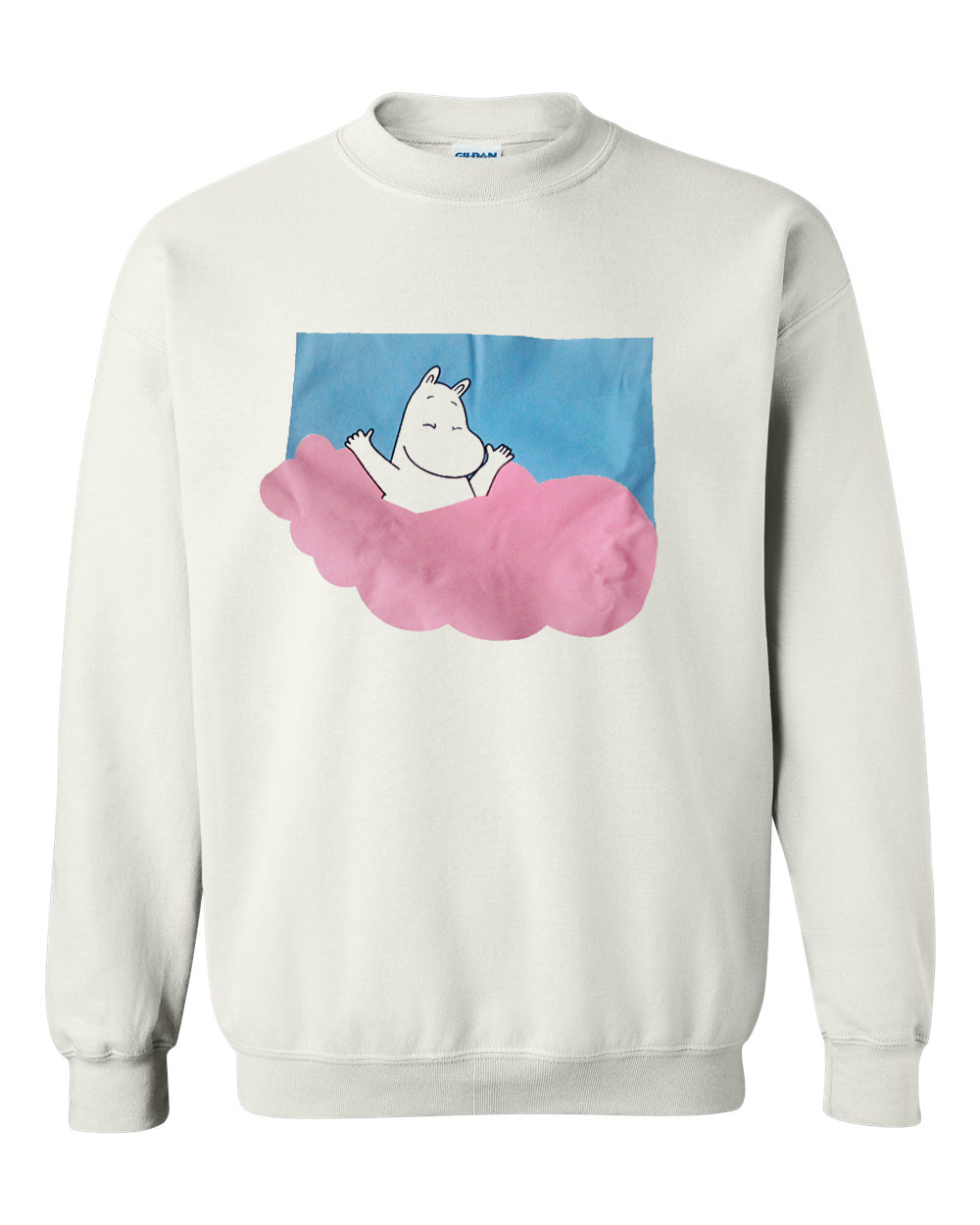Sweatshirts are long-sleeved garments made of thick cotton cloth. They are generally used for casual wear but aren't as dressy as sweaters or cardigans. They might not come with the or hood. If you're thinking of purchasing a sweatshirt, here are some tips:
The Norma Kamali brand spread the appeal of sweatshirts
Since the late 1970s, Norma Kamali has been turning the humble sweatshirt into a work of art. Her designs are now a staple in almost every woman's wardrobe. Her unique designs vary from a tummy-tucking v neck , to leather paneled sweatshirt s. Her clothing is also designed with unusual designs, like a tank top with an oversized trumpet skirt.
The collaboration of the designers and the sweatshirt maker Everlast gave rise to her Timeless collection, which was a huge hit when it appeared in the spring catalog of Spiegel. The collection featured knits that could be interchangeable or convertible with classic designs and a lot of items were priced below $20. Even even if Kamali's Timeless collection wasn't available in stores, buyers were able to find the designs on eBay as well as Poshmark.
Merino wool sweatshirts tend to be more comfortable than soft sweatshirts.
sweat shirt is known for its moisture-wicking properties, which helps to keep you dry and comfortable. This is a naturally-occurring fibre that has a softer feel. The fabric also dries quickly in comparison to other natural materials. In addition, it is a renewable resource. Merino sheep shed their coats each year and grow new ones.
The warmth-to-weight ratio of merino wool is what makes it a popular choice for sweatshirts. It helps to regulate the body's temperature because of its loft which naturally traps heat between the fibers. This is why Merino wool sweatshirts are perfect for outdoor and summer activities such as mountain biking, and running. The warmth it offers keeps the wearer comfortable and dry. This is essential when exercising.
Zip-front hoodies come with kangaroo pockets.
Kangaroo pocket Hoodies are a well-loved style of hoodie. These hoodies have a large pocket at the front that keeps your hands warm on chilly days. They are much more practical than traditional pockets, since they allow your hands to slide into and out effortlessly.
The pockets of Kangaroos are typically big enough to accommodate an entire wallet or smaller personal items. They are commonly long enough to fit the palm of a hand that is small or even sufficient to hold two hands. They feature wide openings on either side and can be used to carry small items.
French Terry fabric is a well-loved fabric for sweatshirts.
The French terry fabric is made of soft yarns knitted into loops and is usually medium-weight. It is also renowned as a fabric that wicks moisture and is already pre-shrunk. French Terry is an excellent option for sweatshirt s as it will keep you warm when you require it and keeps you cool when you're trying to cool down.
French terry is also popular for loungewear, since it has enough stretch and flexibleness to feel great against your skin. It also allows for enough air to circulate around the fabric, making it ideal for layering underneath other clothes. In addition, because it is lighter than other sweatshirts you can wear it throughout the year without feeling hot or cold.

Hoodies have classist connotations
Although it could appear that hoodies are an appropriate clothing item for those who are working class, the reality is that they have a classist connotation. The hooded clothing was first popular in the early 1970s in New York, where graffiti artists would wear them to conceal their identities. In 1976 Hoodies made their main movie debut in "Rocky," when the working-class main character was seen wearing grey sweats with hoods during his memorable climb to the top of the Philadelphia Museum of Art.
Hoodies are often associated with death, destruction, and other undesirable things, and yet they serve a practical purpose. For example, monks and priests might wear hoods in order to display respect and a sense of self-control.
